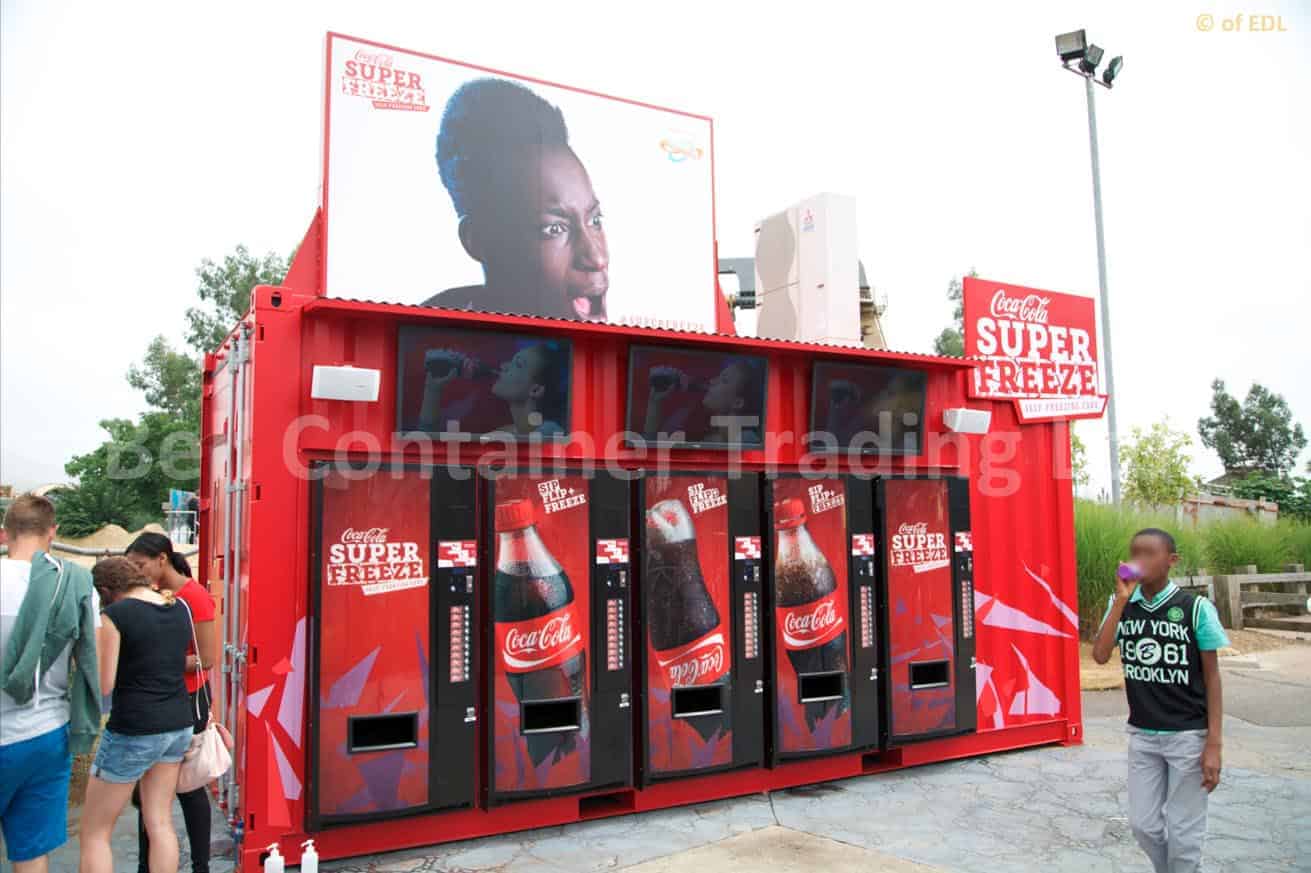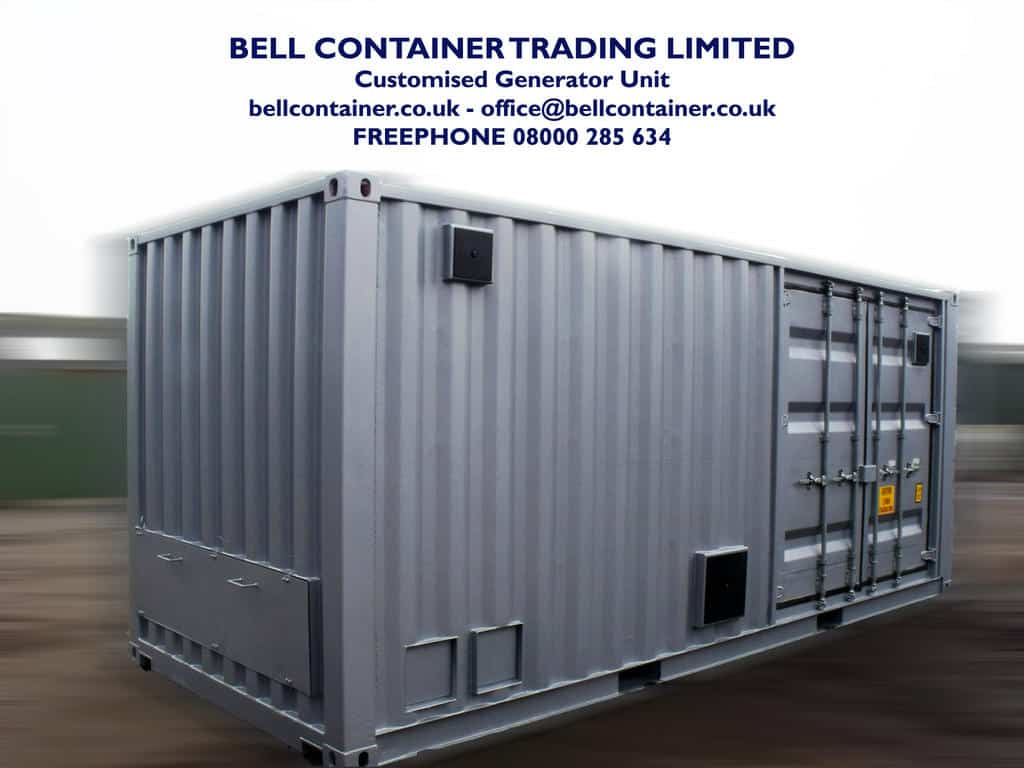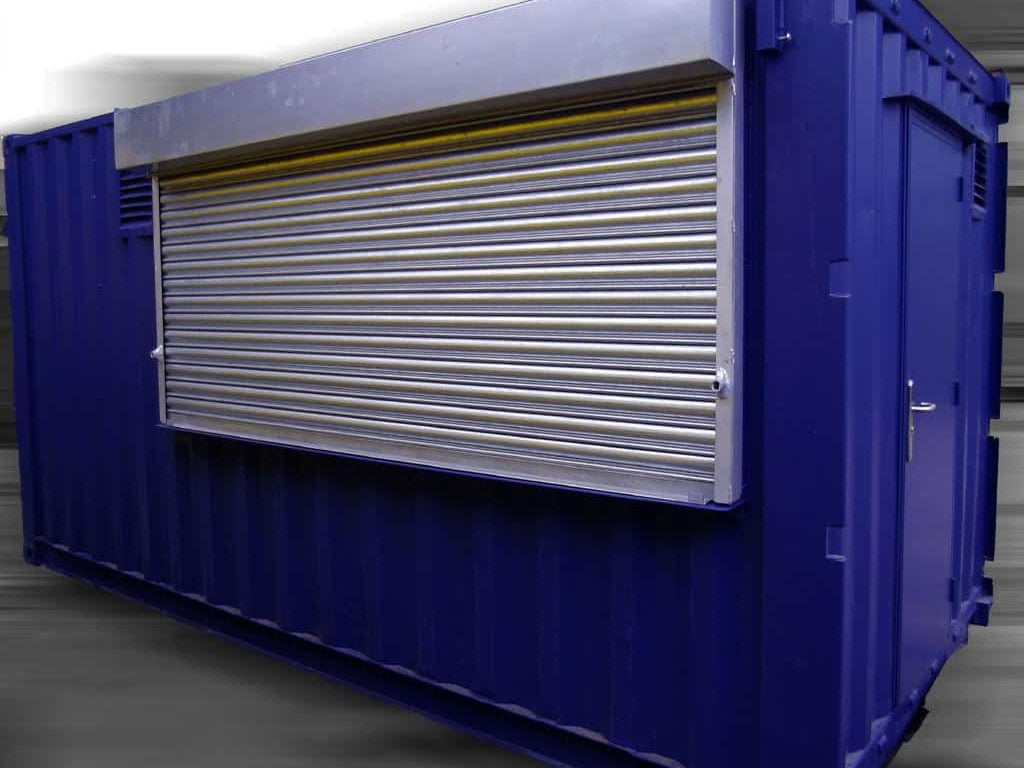Early Beginnings
For the first time, international businesses could transport goods around the world efficiently (both from time and money perspectives) in a secure locked environment. Once these containers had fulfilled their duty on board, they were put to good use on land providing secure and flexible storage space. Containers are often seen being used as on-site storage on farms, in schools, at retail outlets, restaurants and even residential locations.
The Shipping Container Evolution
The versatility of the shipping container, however, has been its real trump card. The concept of container conversions became apparent in the mid 1970s, and as the years progressed, container conversions have enabled individuals and businesses alike to participate in this “container revolution” that once changed the face of international trade. Bell Container was founded in 1983, and has long served the UK container markets through the hire and sale of shipping containers for pure storage use and container conversions, for use as site accommodation, including portable offices, portable canteens, mess-rooms, welfare units, mobile changing rooms and portable toilets and showers.
Site Accommodation – the first container conversions
During the 1980s and 1990s, Bell Container adopted the tagline “site accommodation specialists” as our business grew to meet the demands of our clients. In the last decade, as fixed space has become more expensive and less readily available and companies want to showcase new ideas, concepts and products and roll-out new projects using new and clever methods, shipping container conversions, again, were able to meet their requirements. Shipping containers have been converted for use as mobile art galleries, restaurants, canteens, retail units and even homes!
Container Conversions – modern day
Many companies now require their containers to stand out, and so conversions can be painted in a bespoke colour, with ample lighting and to a custom internal specification. Containers can even be joint together ‘on-site’ to increase the internal dimensions.
Recent projects include the many pop-up restaurants and shops on London’s South Bank, including the Mexican eatery, Wahaca, which has been constructed entirely from 40ft shipping containers. BoxPark in Shoreditch, London is another example of containers being put to new uses, this time as retail units on the fringe of the City. The BBC’ studio during the London 2012 Olympics rested on a series of 40ft shipping containers, which had been painted bright blue. Across the world, companies are looking to containers to provide efficient, sustainable and exciting new venues for their outlets, including, for example, Starbucks, which has opened a drive-through outlet in Tukwila, Washington.
Bell Container Trading – how we can help?
As the use of containers becomes increasingly popular given many new sites, concerts, events and pop-up venues across London and the UK, Bell Container has expanded its business into proprietary bespoke container conversions to cater for this growing market. We already supply converted containers to many other companies in the UK market and globally and have a team of experienced professionals on-site who have been working with containers for many years.

Container Conversions & Modification Projects
See container conversions and shipping container modifications we have undertaken.

